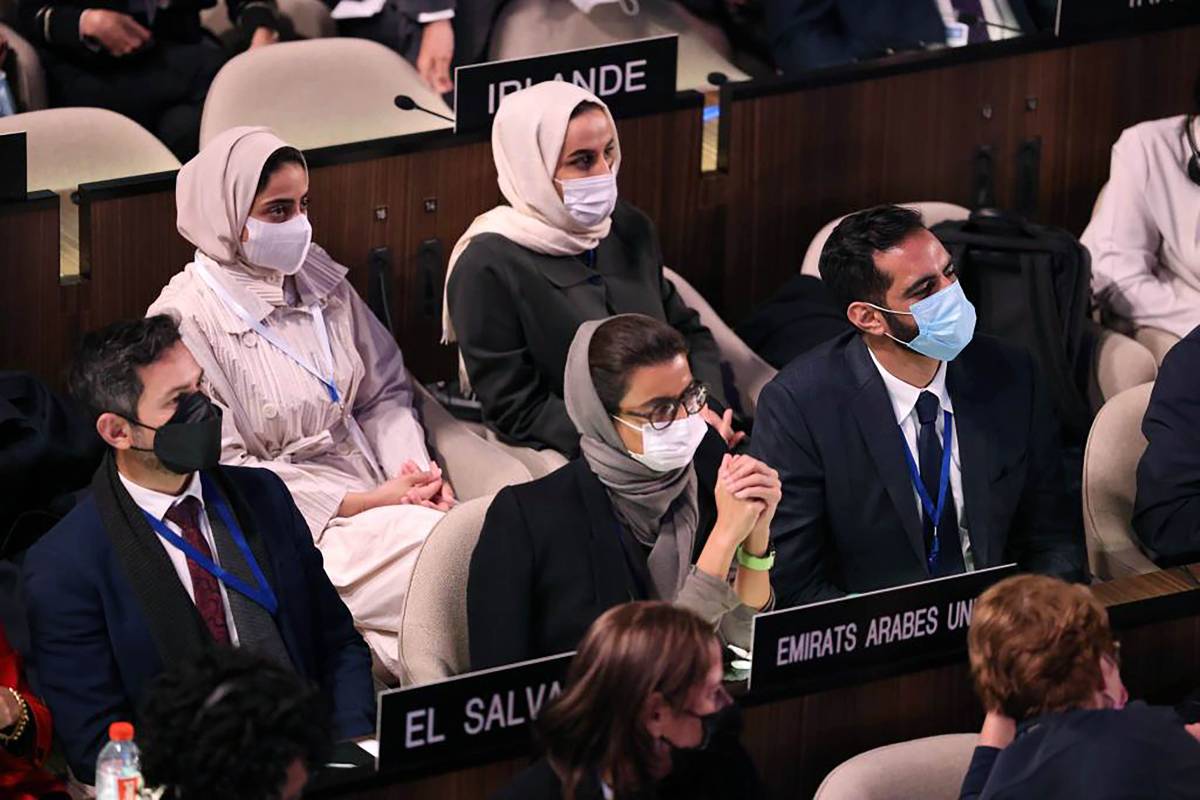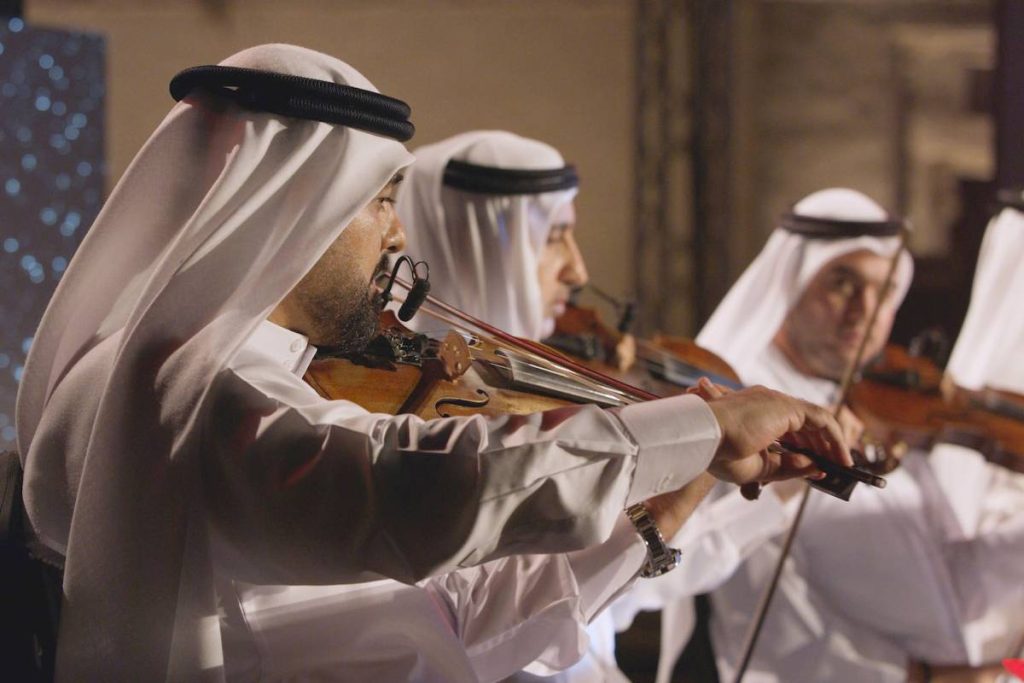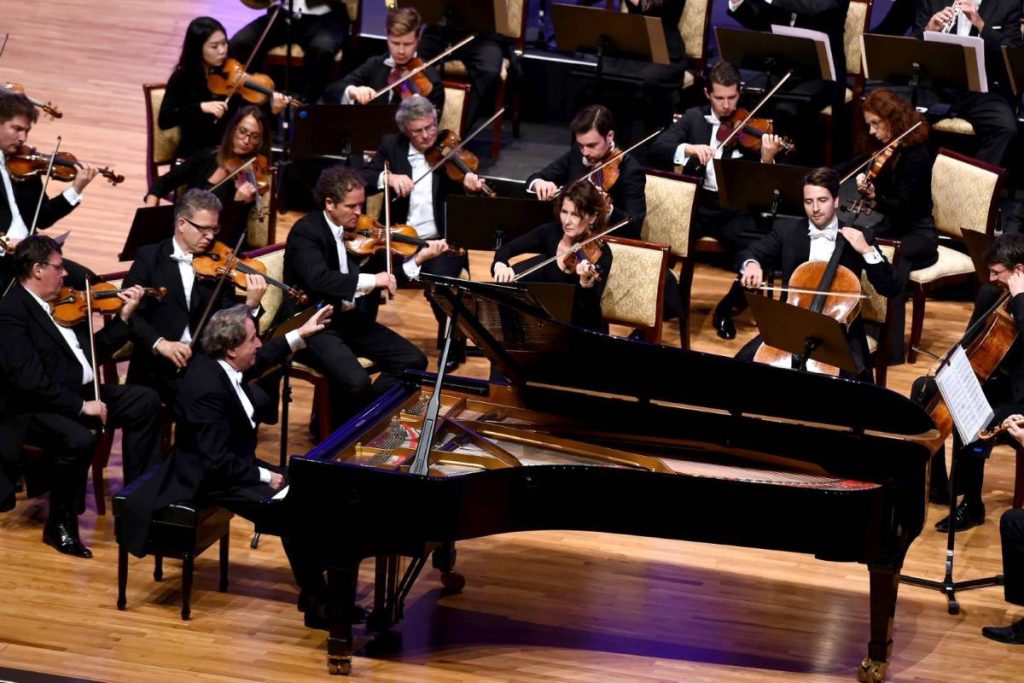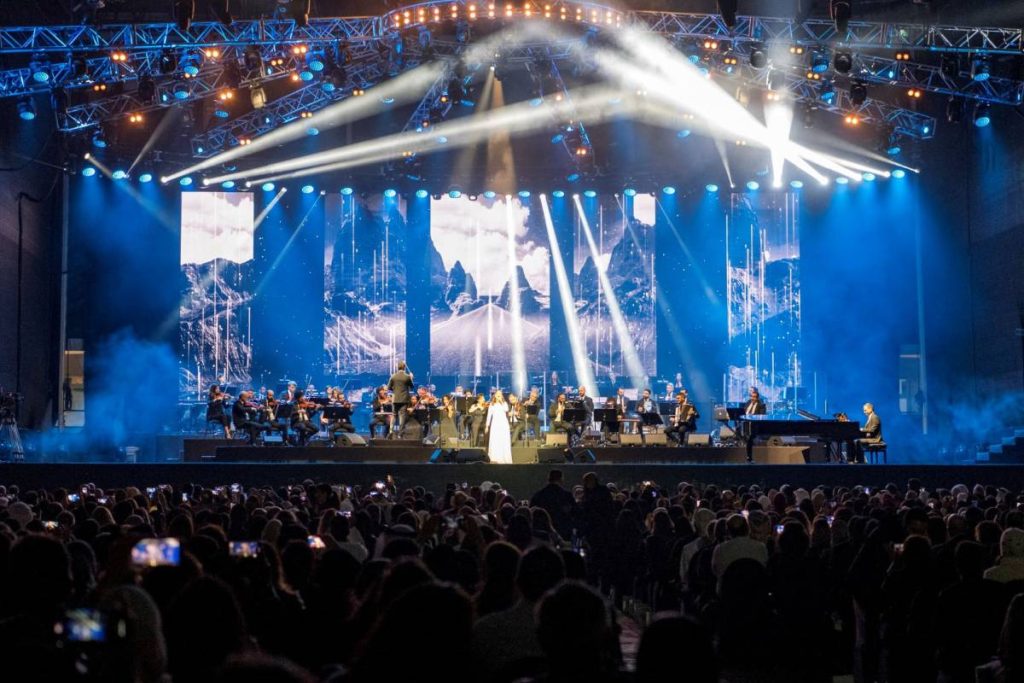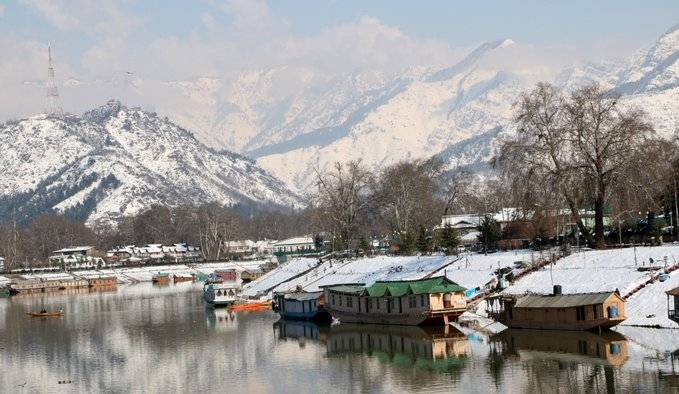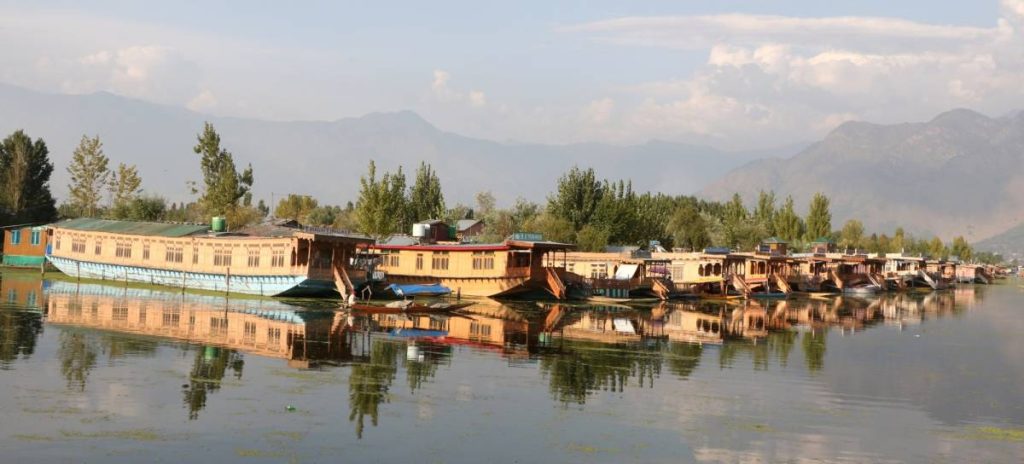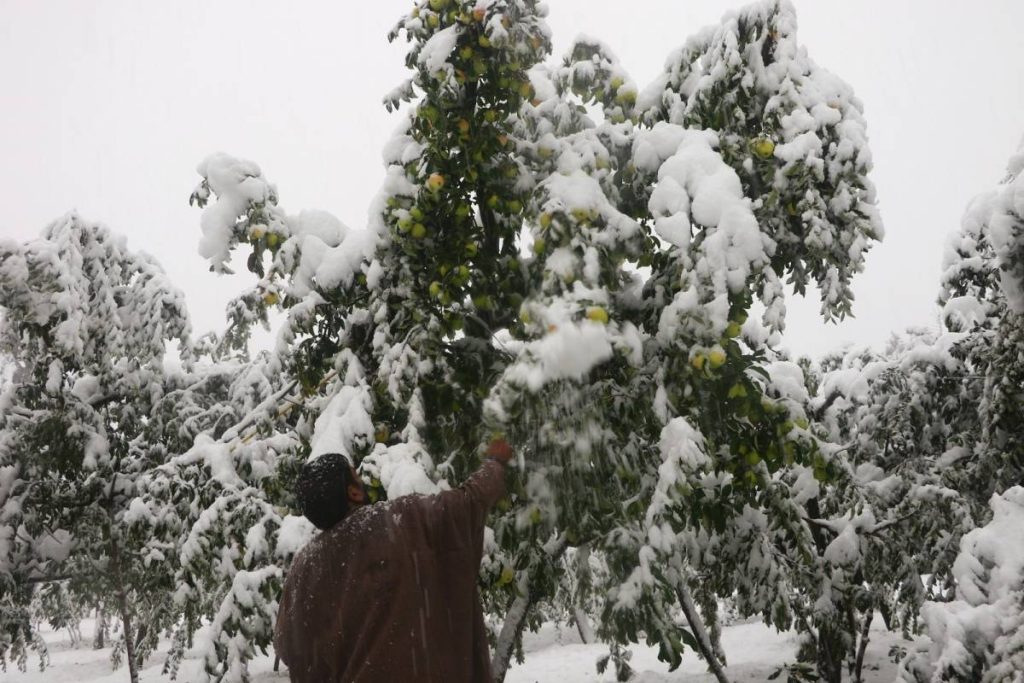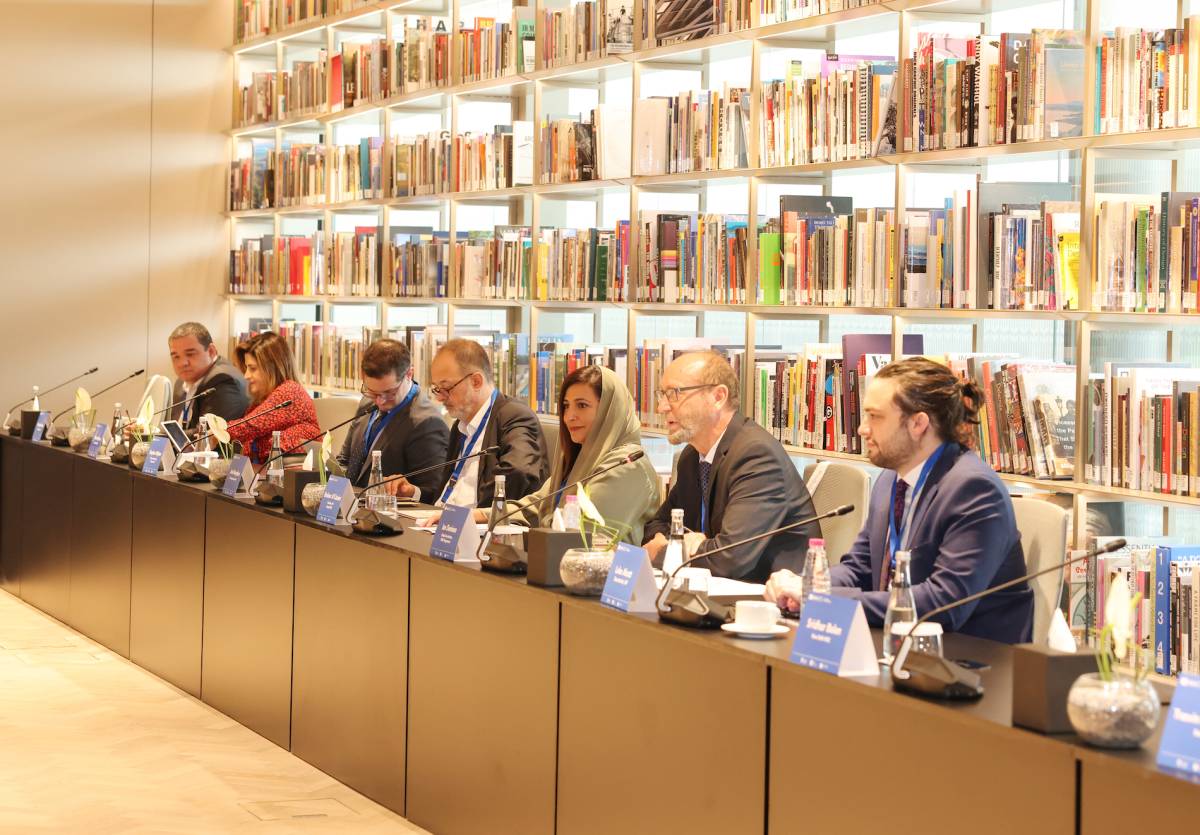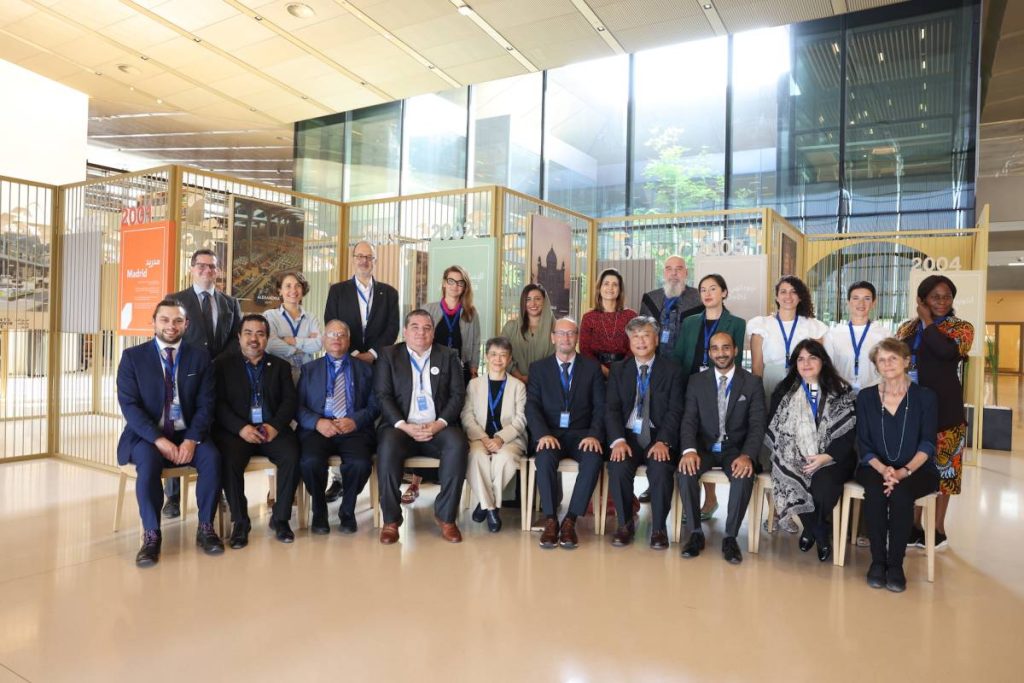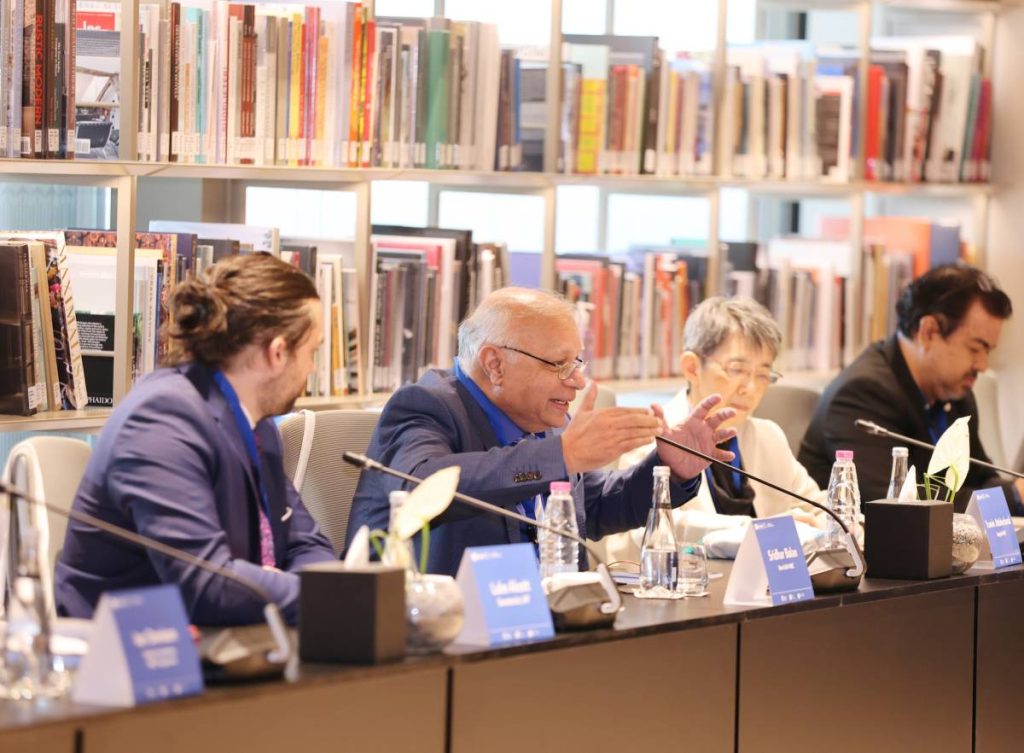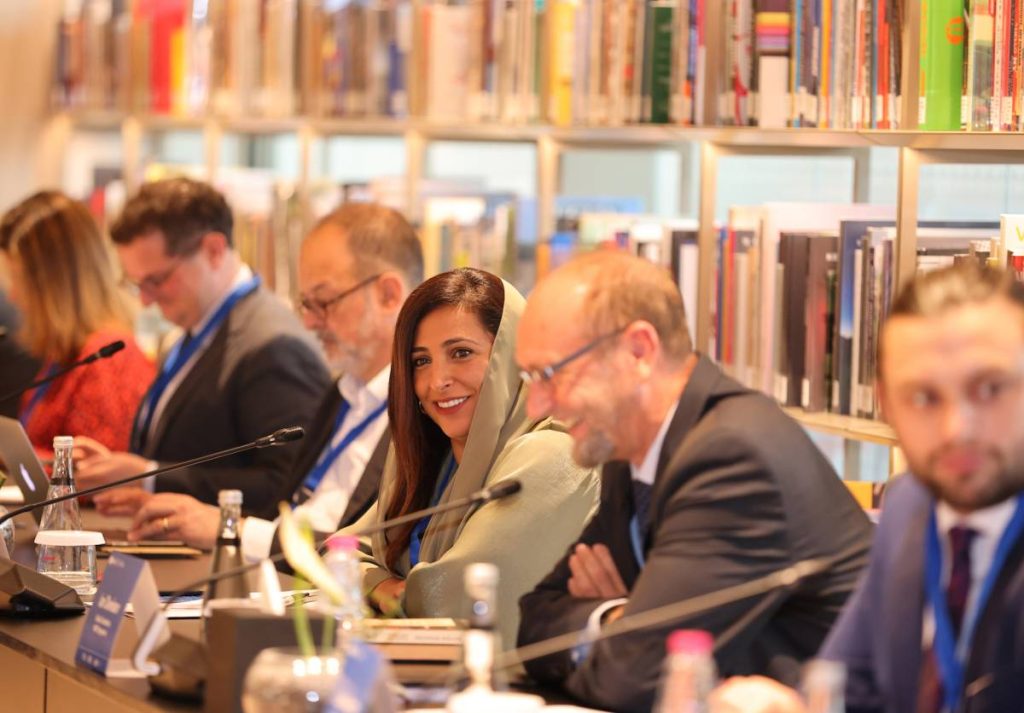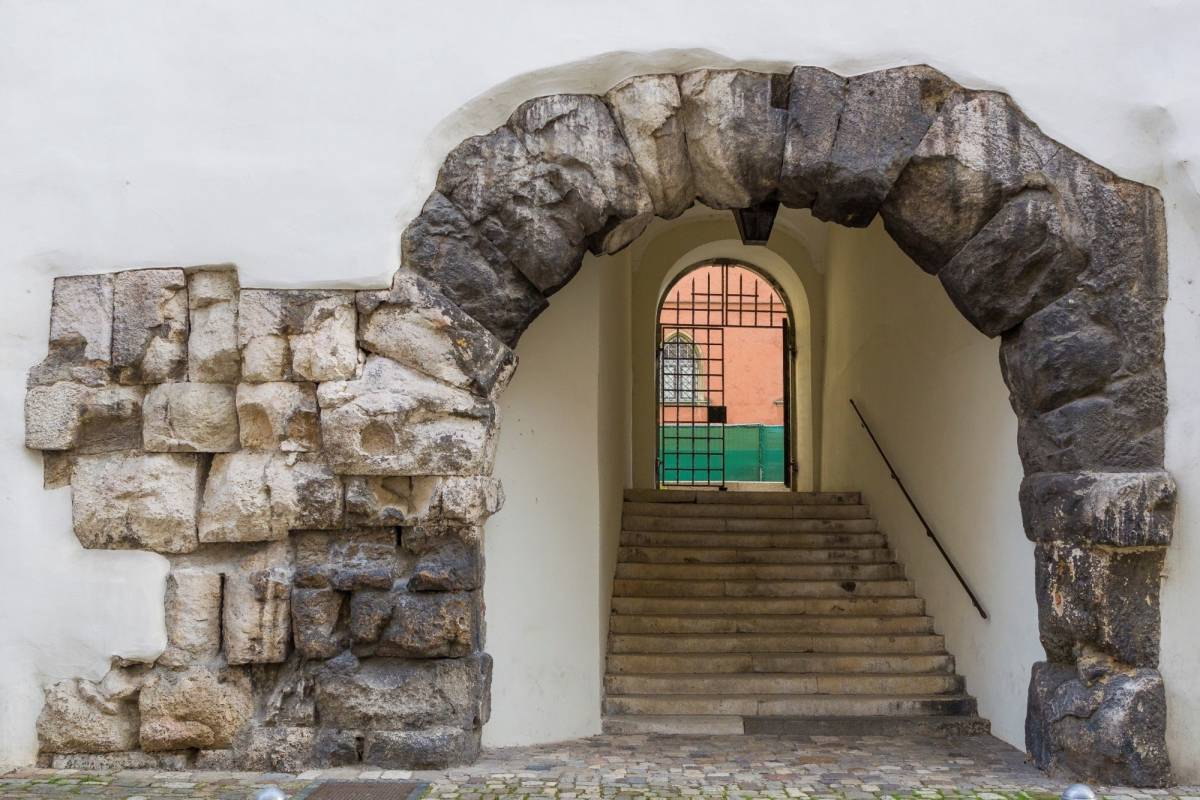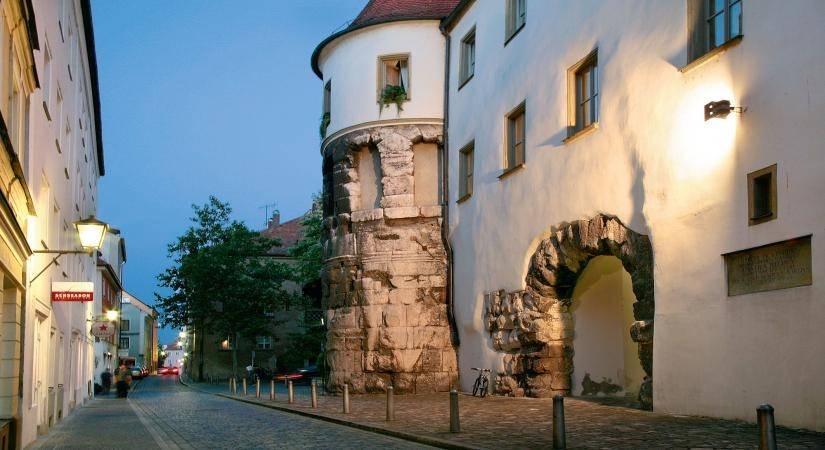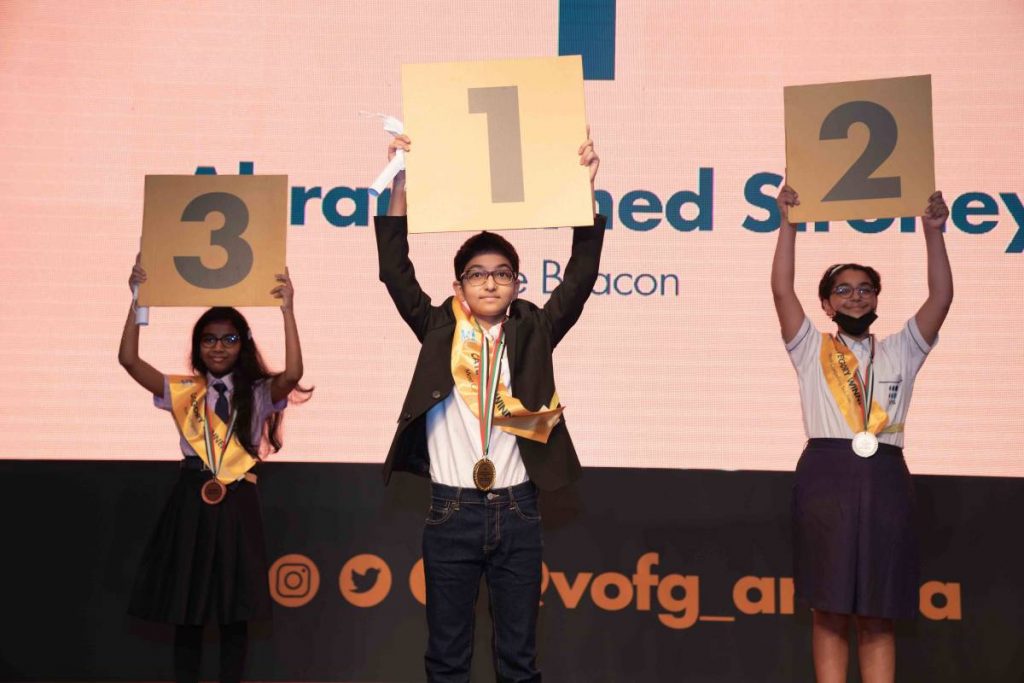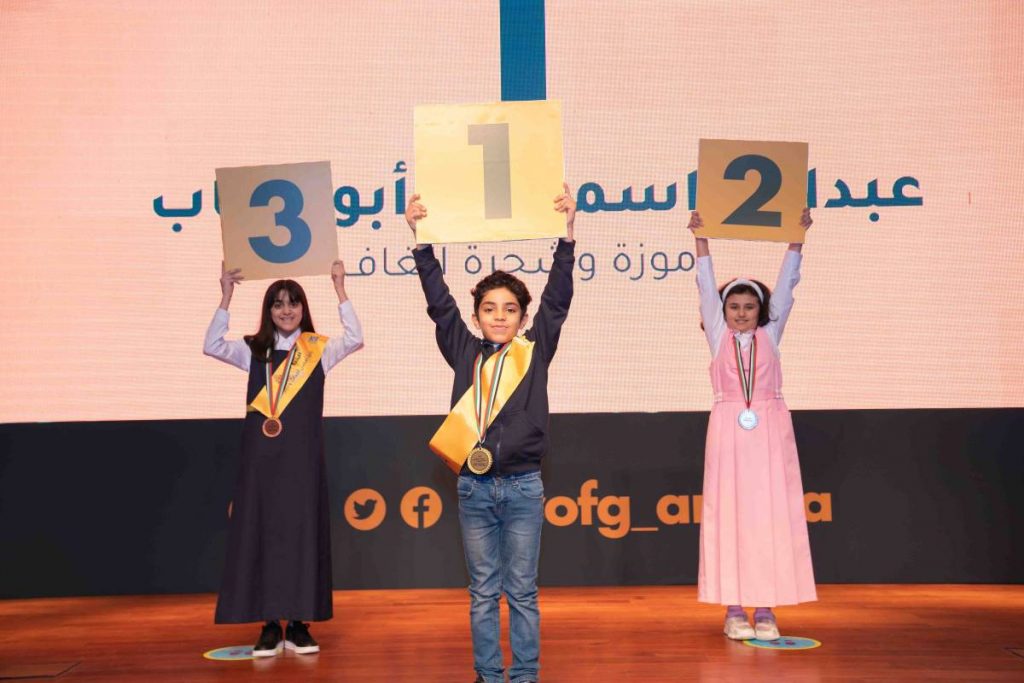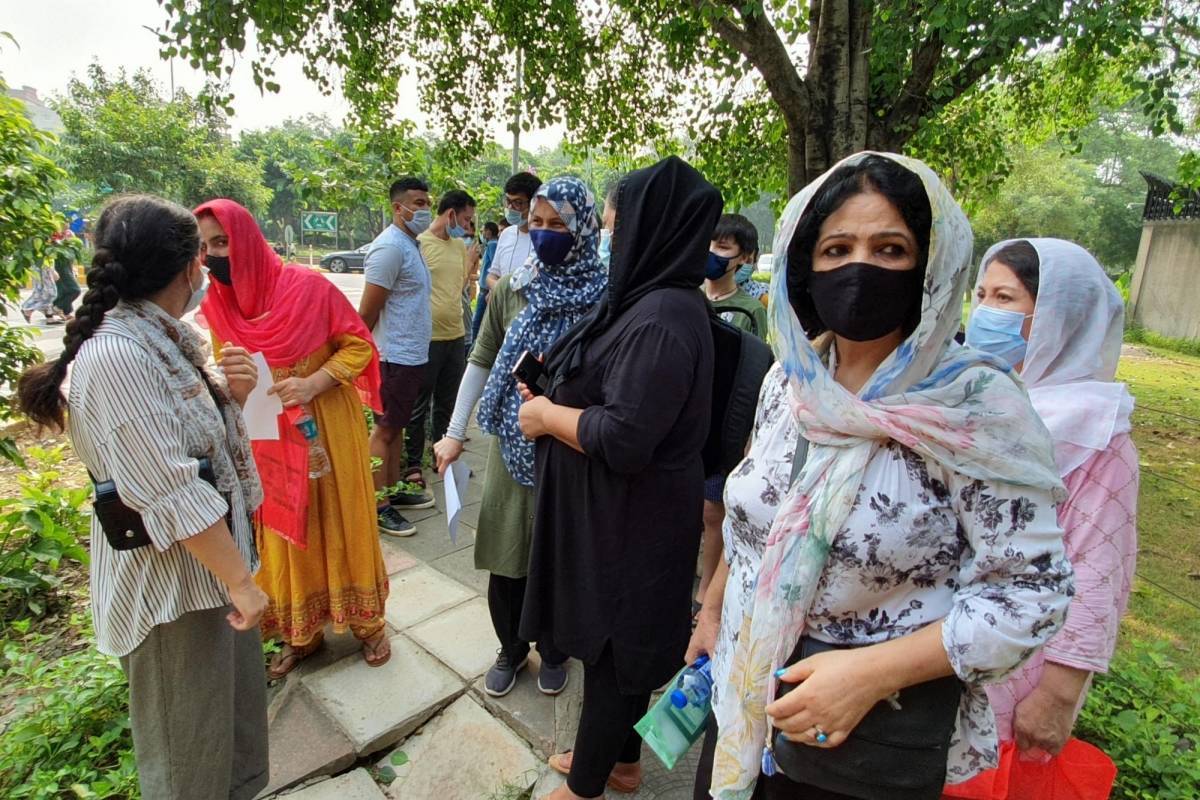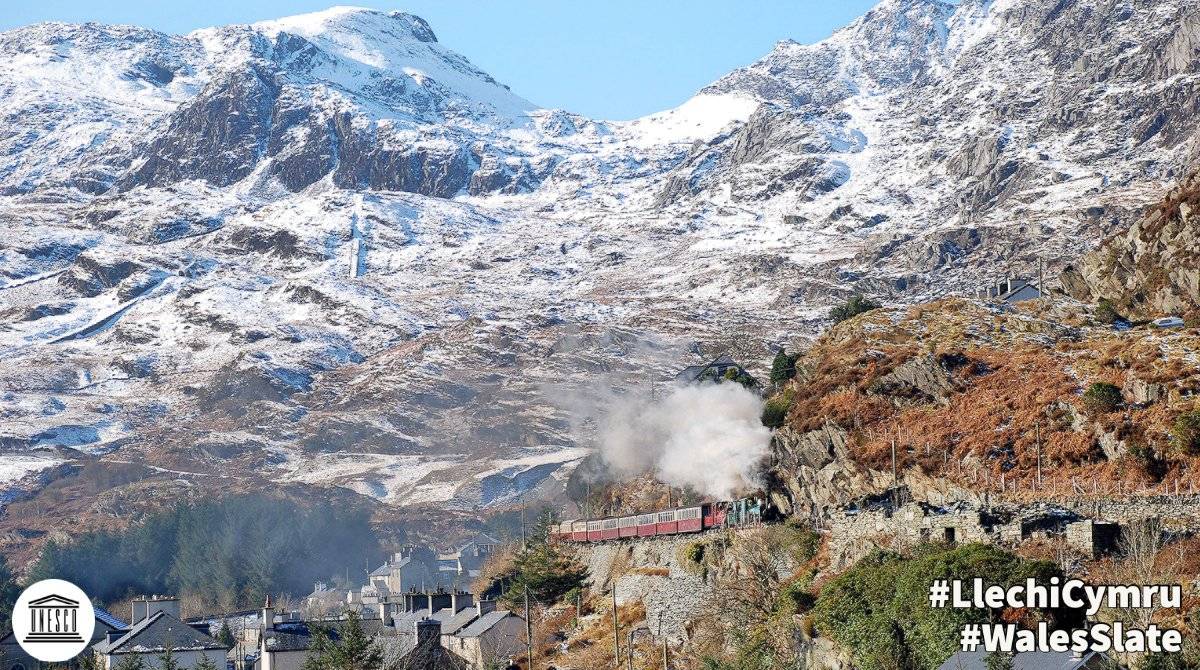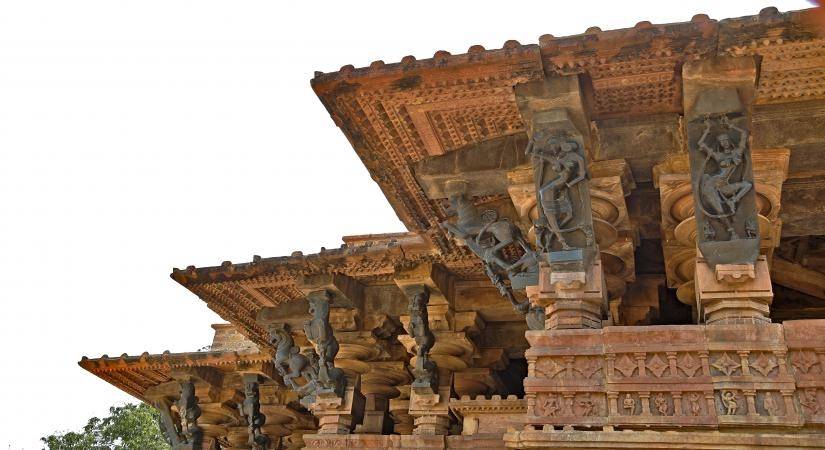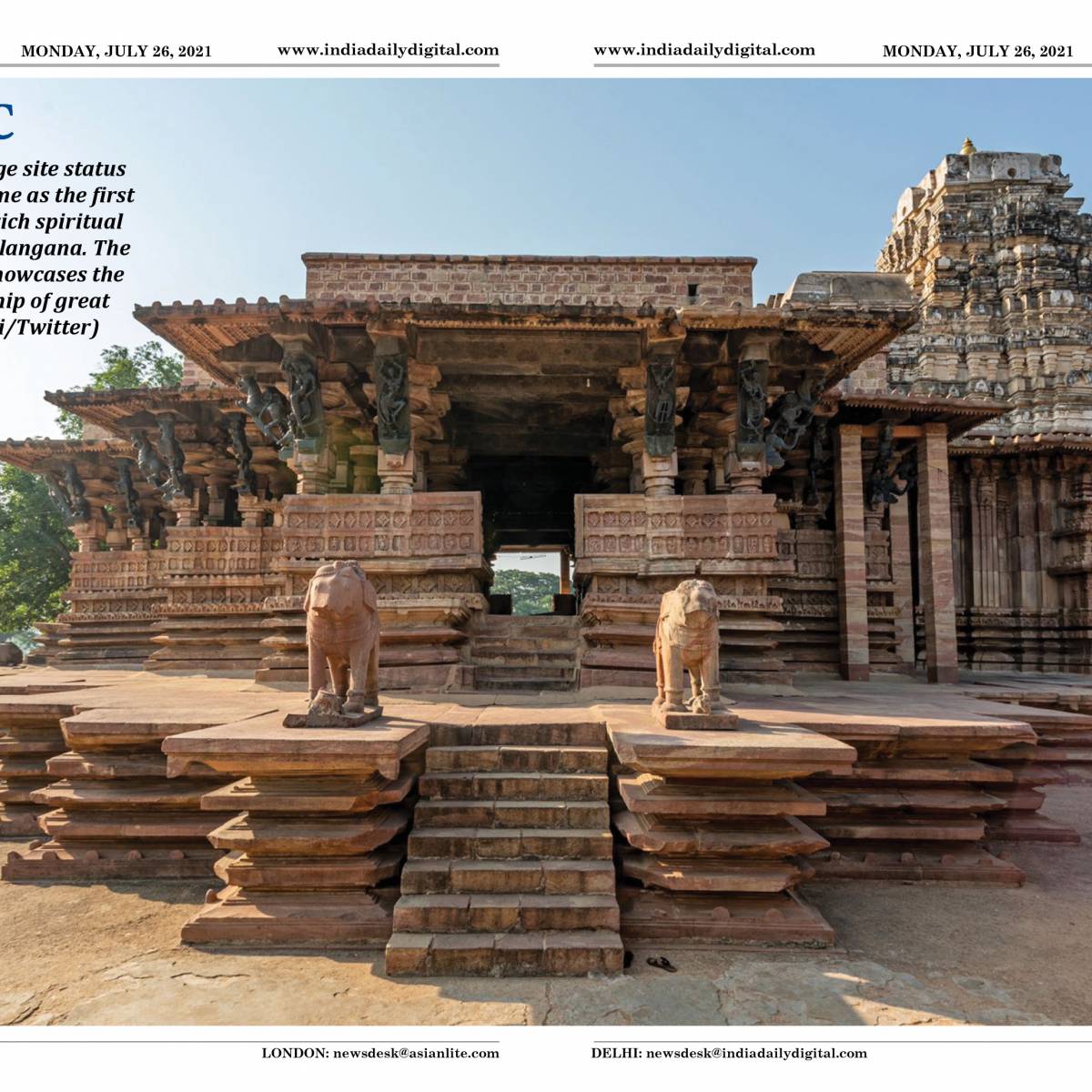India has now joined the list of countries with 40 or more World Heritage sites which includes Italy, Spain, Germany, China and France…reports Asian Lite News.
Dholavira, a Harappan-era metropolis situated in Gujarat, has been accorded the World Heritage tag by United Nations Educational, Scientific and Cultural Organization (UNESCO).
The site, which was on UNESCO’s tentative list since 2014, is one of the very few well preserved urban settlements in South Asia dating from the 3rd to mid-2nd millennium BCE.
It is the 6th largest of more than 1,000 Harappan sites discovered so far and is an exceptional example of a proto-historic Bronze Age urban settlement.
India has now joined the list of countries with 40 or more World Heritage sites which includes Italy, Spain, Germany, China and France.
“Dholavira: A Harappan City, in India, just inscribed on the @UNESCO #WorldHeritage List. Congratulations!” UNESCO tweeted.
Prime Minister Narendra Modi tweeted, “Absolutely delighted by this news.Dholavira was an important urban centre and is one of our most important linkages with our past. It is a must visit, especially for those interested in history, culture and archaeology.”
Union Culture Minister G Kishan Reddy tweeted, “Another feather in India’s cap as we now enter the Super-40 club for World Heritage Site inscriptions”.
Gujarat so far had three world heritage sites – Champaner near Pavagadh, Rani ki Vav in Patan and the historic city of Ahmedabad.
India has added 10 new world Heritage sites since 2014.
With this successful nomination, India now has 32 cultural, 7 natural and one mixed category UNESCO World Heritage property.
According to the Ministry of Culture, Dholavira not only witnesses the entire trajectory of the rise and fall of this early civilization of humankind, but also demonstrates its multifaceted achievements in terms of urban planning, construction techniques, water management, social governance and development, art, manufacturing, trading, and belief system.
With extremely rich artefacts, the well preserved urban settlement of Dholavira depicts a vivid picture of a regional centre with its distinct characteristics that also contributes significantly to the existing knowledge of Harappan Civilization as a whole.
The property comprises two parts: a walled city and a cemetery to the west of the city. The walled city consists of a fortified Castle with attached fortified Bailey and Ceremonial Ground, and a fortified Middle Town and a Lower Town. A series of reservoirs are found to the east and south of the Citadel. The great majority of the burials in the Cemetery are memorial in nature.
The configuration of the city of Dholavira, during its heyday, is an outstanding example of planned city with planned and segregated urban residential areas based on possibly differential occupational activities, and a stratified society.
Telangana’s Ramappa temple is India’s 39th World Heritage Site
The 13th Century Rudreswara Temple, also known as Ramappa Temple, in the state of Telangana has been inscribed on the United Nations Educational, Scientific and Cultural Organization (UNESCO) World Heritage list.
This is India’s 39th such heritage to be inscribed on the prestigious list.
The decision was taken at the 44th session of the World Heritage Committee of UNESCO on Sunday.
Ramappa temple, a 13th century engineering marvel named after its architect, Ramappa, was proposed by the government as its only nomination for the UNESCO World Heritage site tag for the year 2019.
The Union Minister of Culture, Tourism and Development of North Eastern Region (DoNER) G Kishan Reddy thanked PM Modi for his guidance and support.
Due to the COVID-19 pandemic, the meeting of the World Heritage Committee (WHC) of UNESCO could not be conducted in 2020 and the nominations for 2020 and those for 2021 were discussed in a series of online meetings that are currently underway.
The discussion on Ramappa Temple took place on Sunday.
There were 21 members in the World Heritage Committee with China currently as the Chair of the Committee.
The Rudreswara temple was constructed in 1213 AD during the reign of the Kakatiya Empire by Recharla Rudra, a general of Kakatiya king Ganapati Deva.
The presiding deity here is Ramalingeswara Swamy. It is also known as the Ramappa temple, after the sculptor who executed the work in the temple for 40 years.
The temple complexes of Kakatiyas have a distinct style, technology and decoration exhibiting the influence of the Kakatiyan sculptor. The Ramappa Temple is a manifestation of this and often stands as a testimonial to the Kakatiyan creative genius.
The temple stands on a 6-feet high star-shaped platform with walls, pillars and ceilings adorned with intricate carvings that attest to the unique skill of the Kakatiyan sculptors.
The sculptural art and decoration specific to the time and Kakatiyan Empire have an outstanding universal value. The distinct style of Kakatiyas for the gateways to temple complexes, unique only to this region confirm the highly evolved proportions of aesthetics in temple and town gateways in South India.
European merchants and travelers were mesmerized by the beauty of the temple and one such traveler had remarked that the temple was the “brightest star in the galaxy of medieval temples of the Deccan”. (India News Network)
ALSO READ-Thousands defy Covid curbs to gather at Gujarat temple
READ MORE-Hima listed as Saudi Arabia’s sixth UNESCO World Heritage Site


